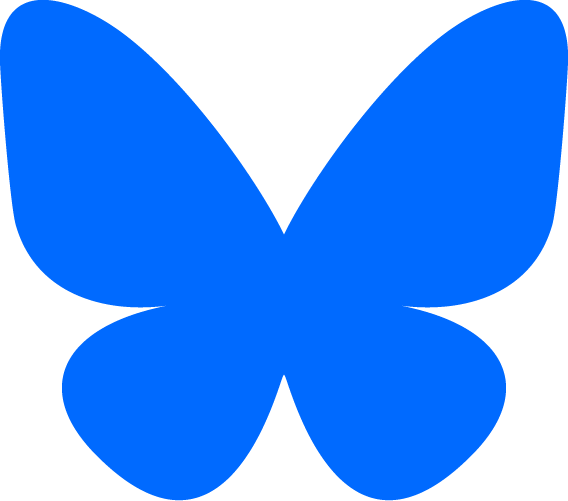Grapeleaf skeletonizer
(Harrisina americana)
Conservation • Description • Habitat • Ecology • Distribution • Taxonomy

Hodges #
4624
Conservation Status
IUCN Red List
not listed
NatureServe
NNR - Unranked
Minnesota
not listed
Description
Grapeleaf skeletonizer is a small, common, and widespread moth. It occurs in the United States east of the Great Plains, in southern Ontario and Quebec Canada, and in Mexico. It is common in the eastern United States. It is less common in the southeast quarter of Minnesota, where it is at the northwestern extent of its range, and is absent from the remainder of the state. Larvae are found in fields and at woodland edges. They feed on the leaves of grape and Virginia creeper, and in other parts of its range also on redbud and peppervine. Adults live only a few days. They are found in fields, where they feed on the nectar of flowers.
Adults are black, are ⅜″ to ⅝″ (10 to 15 mm) in length, and have a 11⁄16″ to 1⅛″ (18 to 28 mm) wingspan. They look similar to yellow-collared scape moth but are smaller.
The head is black. The antennae on both sexes are black and feather-like (pectinate), with branches on just one side of most segments.
The thorax is black. Bright, reddish-orange scales on the first segment of the thorax (prothorax) form a broad collar that extends down the sides. The rear margin of the collar is straight across.
The abdomen is long and black. There is a prominent tuft of hair-like scales at the tip. The abdomen is usually held curled upwards.
The forewings are long, narrow, entirely black, and semi-translucent. The hindwings are much smaller.
The mature caterpillar is stout and up to ⅝″ (1.5 cm) long. The head is partially covered by a fleshy extension of the thorax. The thorax and abdomen are bright yellow. There is a broad black stripe on each side in the subdorsal area, a black band on each abdominal segment, and matching black bands on the thorax. Each black band is armed with tufts of short, shiny, black, stiff hairs (setae). The sides of the abdomen are waxy white. Four long white setae extend forward from the front of the thorax, and four more extend backward from the end of the abdomen. Early instar caterpillars are yellow with just two black spots on each abdominal segment. Middle instars have a band of six black spots on each segment. Final instars have a solid black band on each segment.
Size
Total length: ⅜″ to ⅝″ (10 to 15 mm)
Wingspan: 11⁄16″ to 1⅛″ (18 to 28 mm)
Similar Species
Yellow-collared scape moth (Cisseps fulvicollis) is larger.
Virginia ctenucha (Ctenucha virginica) is much larger. The wings are grayish brown with an iridescent metallic blue base and at least some white in the fringe. There is no tuft at the tip of the abdomen.
Habitat
Fields and woodland edges
Ecology
Season
One generation per year in Minnesota: April to October
Behavior
Adults are active both day and night and will come to lights.
Early stage (instar) caterpillars feed side-by-side and tightly spaced, forming a solid mass, always on the underside of leaves. Later instars feed in small groups. Final instar caterpillars are solitary feeders.
The larvae produce hydrogen cyanide, making them poisonous. Their bright coloration is thought to be a warning to potential predators.
Life Cycle
Lemon yellow eggs are lain in a cluster on the underside of a host leaf.
Larva Food/Hosts
Grape (Vitis spp.) and Virginia creeper (Parthenocisis spp.) in Minnesota, and redbud (Cercis spp.) and peppervine (Ampelopsis spp.) elsewhere
Adult Food
Flower nectar
Distribution

Occurrence
Fairly common in southeast Minnesota
Taxonomy
Order
Lepidoptera (Butterflies and Moths)
Superfamily
Zygaenoidea (flannel, slug caterpillar, leaf skeletonizer, and allied moths)
Family
Zygaenidae (burnet moths)
Subfamily
Procridinae (forester moths)
Tribe
Procridini
Genus
Harrisina
Subordinate Taxa
Synonyms
Aglaope americana
Harrisina cirama
Harrisina texana
Common Names
grapeleaf skeletonizer
Glossary
Collar
In grasses: The area on the back of a grass leaf at the junction of the sheath and the blade. On moths: the upperside of the prothorax.
Instar
The developmental stage of arthropods between each molt; in insects, the developmental stage of the larvae or nymph.
Prothorax
The first (forward) segment of the thorax on an insect, bearing the first pair of legs but not wings.
Seta
A stiff, hair-like process on the outer surface of an organism. In Lepidoptera: A usually rigid bristle- or hair-like outgrowth used to sense touch. In mosses: The stalk supporting a spore-bearing capsule and supplying it with nutrients. Plural: setae. Adjective: setose.
Visitor Photos
Share your photo of this insect.
This button not working for you?
Simply email us at info@MinnesotaSeasons.com.
Attach one or more photos and, if you like, a caption.
Greg Watson
The entire time I observed it, it never folded its wings in and the abdomen was curled upwards. From what I have read on the internet, these are common traits distinguishing it from the Yellow Collared Scape moth.
Minnesota Seasons Photos

Slideshows

Visitor Videos
Share your video of this insect.
This button not working for you?
Simply email us at info@MinnesotaSeasons.com.
Attach a video, a YouTube link, or a cloud storage link.
Other Videos
Capital Naturalist: Grapeleaf Skeletonizer
Capital Naturalist
Friend Foe Neutral Series #2 - Grapeleaf Skeletonizers
Fairfield Garden
Grapeleaf Skeletonizer Moth (Harrisina americana)
Joseph Despins
Grapeleaf Skeletonizer, Harrisina americana, Maryland, 6/27/11
metapathogen

Visitor Sightings
Report a sighting of this insect.
This button not working for you?
Simply email us at info@MinnesotaSeasons.com.
Be sure to include a location.
Greg Watson
7/9/2021
Minnesota Seasons Sightings






